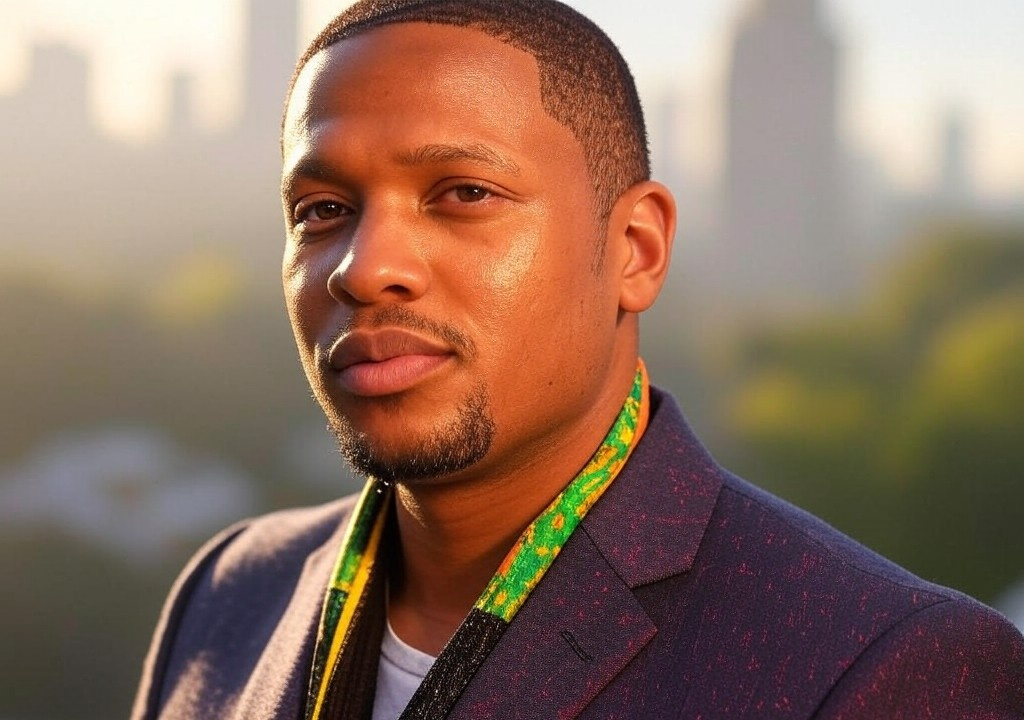How to Build Better Boundaries Without Feeling Like the Bad Guy
Why “No” is Sometimes Your Best Yes
Picture this: it’s a Saturday night, you’re two Friends reruns deep, sipping something warm, and starting to relax after a grueling week. Out of nowhere, your phone lights up: a last-minute invite to a party that someone swears will be “low pressure” but “super fun.” Against your better judgment, you say yes, and next thing you know, you’re elbow-deep in small talk by the chip bowl, wondering why you didn’t just stay home with Joey and Chandler.
Sound familiar? It’s a classic case of boundary breakdown. Saying no—or setting any kind of personal boundary—can feel like navigating an emotional minefield. But here’s the secret sauce: boundaries aren’t about shutting people out; they’re about letting yourself in.
Let’s demystify this whole boundaries business, shall we?
Defining Your Boundaries: What Actually Matters to You?
First things first, figuring out your boundaries requires clarity on what you value most. I like to think of it as setting up a ranch fence. You’re in charge of deciding what comes in, what stays out, and how high the gate swings. (Full disclosure: this metaphor might be the product of too many days herding cattle as a kid.)
Here’s a good place to start:
- Think about what drains you. Is it committing to plans that don’t excite you? Letting work emails invade your evenings? Giving too much in relationships?
- Now flip the coin. What fuels you? Quiet time? A consistent gym routine? Connections where you’re heard instead of just “needed”?
Write it down if you need to—seeing it in black and white might surprise you.
For me, I realized I kept saying “yes” to requests I didn’t even want to do—a buddy’s 5 a.m. fishing trip here, last-minute favors there—thinking it made me “the dependable guy.” What I got instead was resentment, a bad attitude, and significantly less sleep. Defining my “no” didn’t just help me recharge, it actually made the times I said “yes” feel meaningful again.
Boundary Rookie? Start Small and Build
You don’t saddle up to a wild mustang on day one and expect it to calmly trot into the sunset. Learning to set boundaries is a lot like breaking in a horse—it takes time, consistency, and a fair share of awkwardness at first.
Toe-Dipping Ideas for Testing Boundaries:
- Practice a polite no. The next time someone asks for something you aren’t up for, try:
- “I wish I could, but I can’t make that work.”
- “I don’t have the bandwidth for that right now, but I hope it goes well!”
- Pause before committing. Give yourself permission to say, “Can I get back to you on that?” A little distance lets you decide if it’s a yes out of excitement or obligation.
- Enforce a micro-boundary. Start with manageable changes: “I’ll answer work emails only during office hours” or “No texts from family during my morning coffee.”
Think of these moves as boundary boot camp—it’s where you train the mental muscles for that bigger yes-or-no showdown down the line.
What Happens When Someone Doesn’t Like Your Boundaries?
Spoiler alert: not everyone will love the new, boundary-savvy you. That’s normal. Some folks—especially those who’ve grown accustomed to your “always yes” energy—may push back. Here’s the rub, though: their discomfort isn’t your responsibility.
Of course, easier said than done, right? I’ve been there. One winter, back when I was park rangering, I made the dreaded call to skip a hometown holiday gathering for the first time ever. Cue the tidal wave of guilt-laden texts and icy silences. What I learned that year? People eventually adjust, especially when they see you’re happier and more present in the commitments you do make.
Pro Tips for Handling Pushback:
- Stick to “I” statements. Instead of “You make me feel obligated,” try: “I’m trying to make more time for myself lately.”
- Resist over-explaining. Your “no” doesn’t need a three-act PowerPoint presentation. Keep it simple and kind.
- Be firm but loving. Think, “I know this is disappointing, but it’s important to me to [insert your new boundary here].”
The Self-Care Bonus that Comes with Boundaries
Learning to set boundaries isn’t just good for your relationships—it does wonders for you, too. Saying no clears space for the things that light you up, whether that’s finally taking up landscape painting, binge-reading that historical fiction saga, or just spending uninterrupted weekend mornings hiking trails with no cell service. (Hint: personal fave.)
Even better, firm boundaries reduce stress and resentment. When you enforce them, you’ll notice how much lighter you feel when you’re no longer running on empty—or saying yes purely as a reflex. Remember: boundaries aren’t selfish. They’re your way of showing up as your most authentic, functional self.
When the Fence Holds Strong
At the end of the day, boundaries are like any good fence—they don’t just keep the bad stuff out; they keep the important people and passions in. A strong boundary is a statement of your values and priorities. The beauty is, the right people will respect them, and the right commitments will fill that space you’ve worked to protect.
So, start small. Build thoughtfully. Leave room for joy. And next time someone asks you to a party on a night where you just need to lounge with your favorite sitcom squad? Don’t overthink it—let the chips stay on your couch instead of by the bowl.
You’ve got this.




















